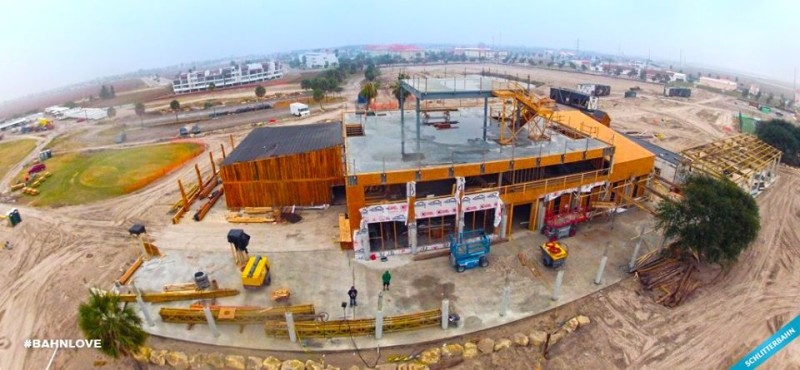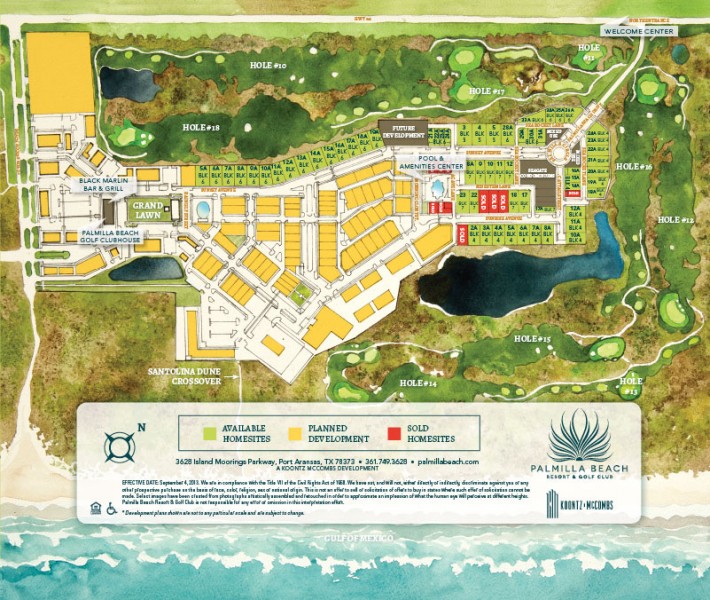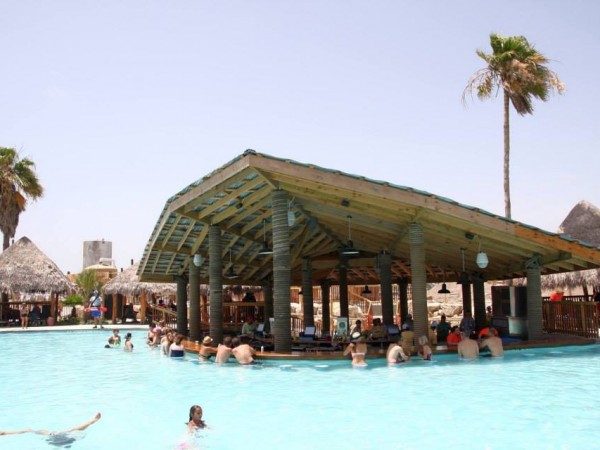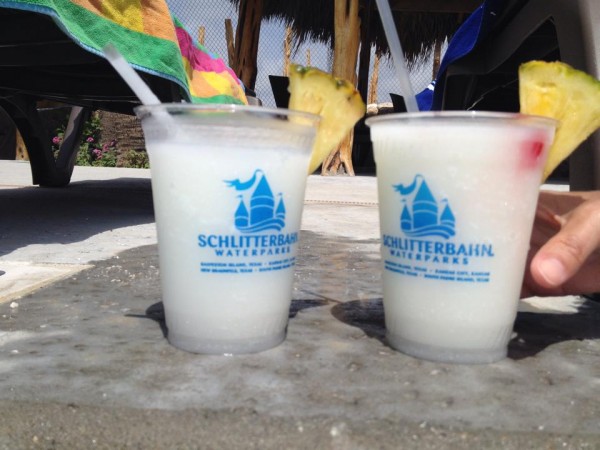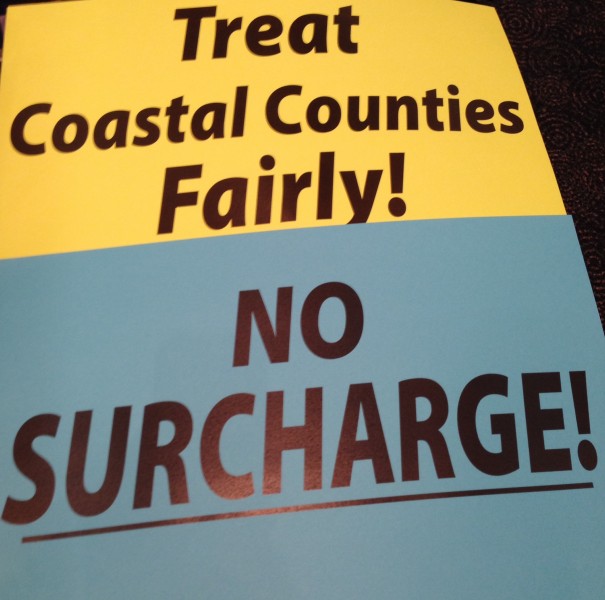
Who loves sushi? Have you tried the new sushi restaurant on the Island yet? If not, get over there!
Island Time Sushi has a great atmosphere, friendly staff and amazing food! The sushi is fresh and FUN…plus they offer many cooked options as well! Try the Chargrilled Steak or Grilled Salmon then add a side of Jalapeno Bacon Mac&Cheese.
My favorite rolls were the Shaggy Dog and the Rattlesnake Roll shown in the photo. The Spicy Poke and Creamy Seaweed Salad were the perfect starters!
Support our Island! Eat Local!
You can find their info here: http://www.facebook.com/IslandTimeSushi






